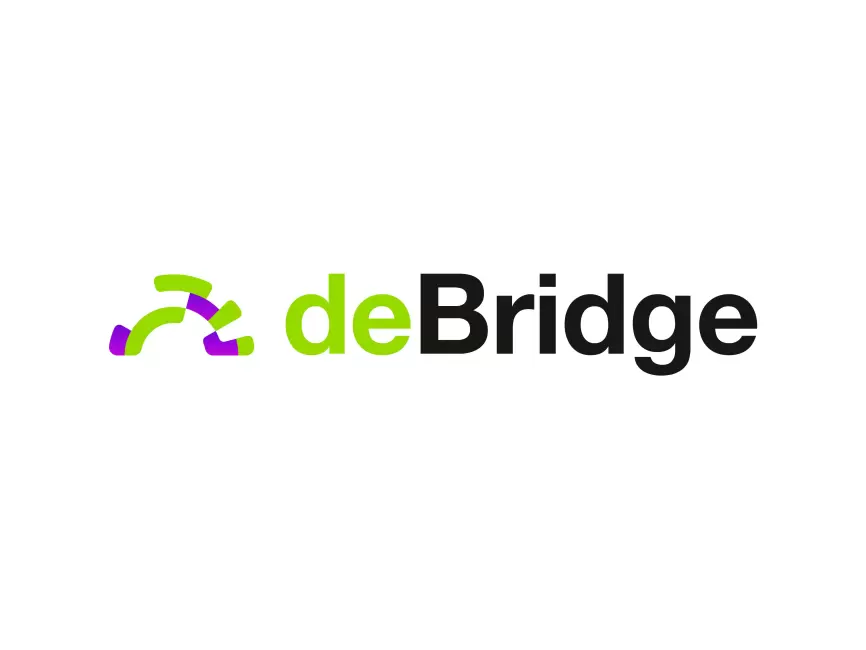So I was thinkin’ about how messy DeFi still feels, despite all the hype about decentralization and trustlessness. Seriously, it’s like we’re juggling a dozen balls, but some keep slipping through the cracks because different chains don’t really talk to each other that well. Wow! That gap in interoperability isn’t just a minor inconvenience—it’s a massive security hole.
At first glance, you might shrug it off. After all, individual chains have their own protocols and safeguards, right? But something felt off about assuming each chain’s security can hold up when assets hop around like they’re on a wild road trip. Hmm… the more I dug into how cross-chain bridges work, the clearer it became that secure asset transfer is still very much a work in progress, with big risks lurking under the surface.
Here’s the thing. Cross-chain interoperability isn’t just about convenience or faster swaps. It’s foundational if DeFi is ever gonna scale beyond a handful of walled gardens. But with every new chain you add to the mix, you also multiply the attack surface. That’s a headache—and frankly, a dealbreaker for anyone who’s serious about safeguarding their crypto holdings.
Initially, I thought the main challenge was just about technical compatibility, like APIs or smart contract standards. Actually, wait—let me rephrase that. The real challenge is trust architecture. How do you ensure that when your asset moves from Ethereum to, say, Binance Smart Chain, it’s neither lost nor hijacked? On one hand, you want decentralization, but on the other, you need robust verification layers to prevent fraud or double-spending. Though actually, it’s trickier than just slapping on a code fix.
Check this out—

That image captures the complexity of securing cross-chain bridges. Notice the multiple checkpoints and validators involved. But even with all these, vulnerabilities pop up—sometimes from simple misconfigurations or subtle bugs that attackers love to exploit.
Why Most Bridges Still Feel Like Swiss Cheese
If you’ve been around DeFi long enough, you’ve seen the headlines: “$100 million lost in bridge hack,” “Cross-chain bridge drained.” It’s a pattern. The underlying problem? Many bridges rely on centralized or semi-centralized validators, which kinda defeats the purpose of decentralization. Plus, the smart contracts orchestrating these transfers can be very complex, and complexity is enemy number one for security.
I’ll be honest—this part bugs me. The industry rushes to launch flashy cross-chain solutions without fully vetting security models. It’s like building a skyscraper on sand. Yeah, it’ll look great, but a storm will bring it down sooner or later.
And then there’s the human factor. Developers sometimes reuse code or deploy updates without exhaustive audits. I get it—time-to-market pressures are brutal, especially in a space moving as fast as DeFi. But users end up paying the price.
That’s why I’ve been following projects that emphasize not just interoperability but secure interoperability. One that stands out is the solution you can find on the debridge finance official site. Their approach isn’t about patchwork fixes; it’s designed from the ground up to enable seamless, safe asset transfers across multiple chains, using a decentralized network of validators and adaptive verification.
Something else I like about this kind of protocol is its focus on user experience without sacrificing security. Many bridges are clunky or require multiple manual steps, which only increases risk. But with intuitive interfaces and automated safeguards, these platforms lower the barrier for everyday users, which is crucial if DeFi wants to go mainstream.
Thinking Beyond Just Moving Tokens
At a deeper level, cross-chain interoperability is about composability—letting different protocols and dApps interact fluidly across chains. This could unlock entirely new financial products we haven’t even dreamed of yet. But then again, the more complex the web, the more potential points of failure.
So, while the dream is big, the reality demands patience and rigor. On one hand, I’m excited by the pace of innovation. On the other, I’m wary of the many bridge hacks that prove we’re not quite there yet in terms of foolproof security.
Personally, I keep a close eye on how these systems handle consensus and dispute resolution. That’s where trust really gets tested. Also, the ability to quickly patch vulnerabilities without freezing assets is a big plus, though it’s a tricky balance to strike.
Oh, and by the way, the community’s role can’t be overstated. Decentralized governance models that involve token holders in decision-making can add an extra layer of oversight. But that’s a double-edged sword—too much decentralization without clear accountability can slow down responses to threats.
What’s Next for Secure Cross-Chain DeFi?
Honestly, I’m not 100% sure how fast this will all stabilize. The technology is evolving, but so are hacker tactics. That cat-and-mouse game is exhausting. Yet, there’s hope in protocols that combine cutting-edge cryptography with pragmatic design, plus a healthy dose of community vigilance.
For anyone looking to dive in now, I’d suggest starting with platforms that have transparent security audits and active developer engagement. It’s also smart to diversify your risks across chains and bridges instead of putting all your eggs in one basket.
And if you want a solid starting point, definitely check out the resources on the debridge finance official site. They offer a fascinating glimpse at how cross-chain interoperability can be done right—without sacrificing the cornerstone of DeFi: security.
To sum up, the promise of cross-chain DeFi is huge, but unlocking it safely is gonna take time, innovation, and a fair bit of trial and error. Something tells me we’re on the cusp of a breakthrough, though. Just gotta keep our eyes wide open and wallets safer than ever.

